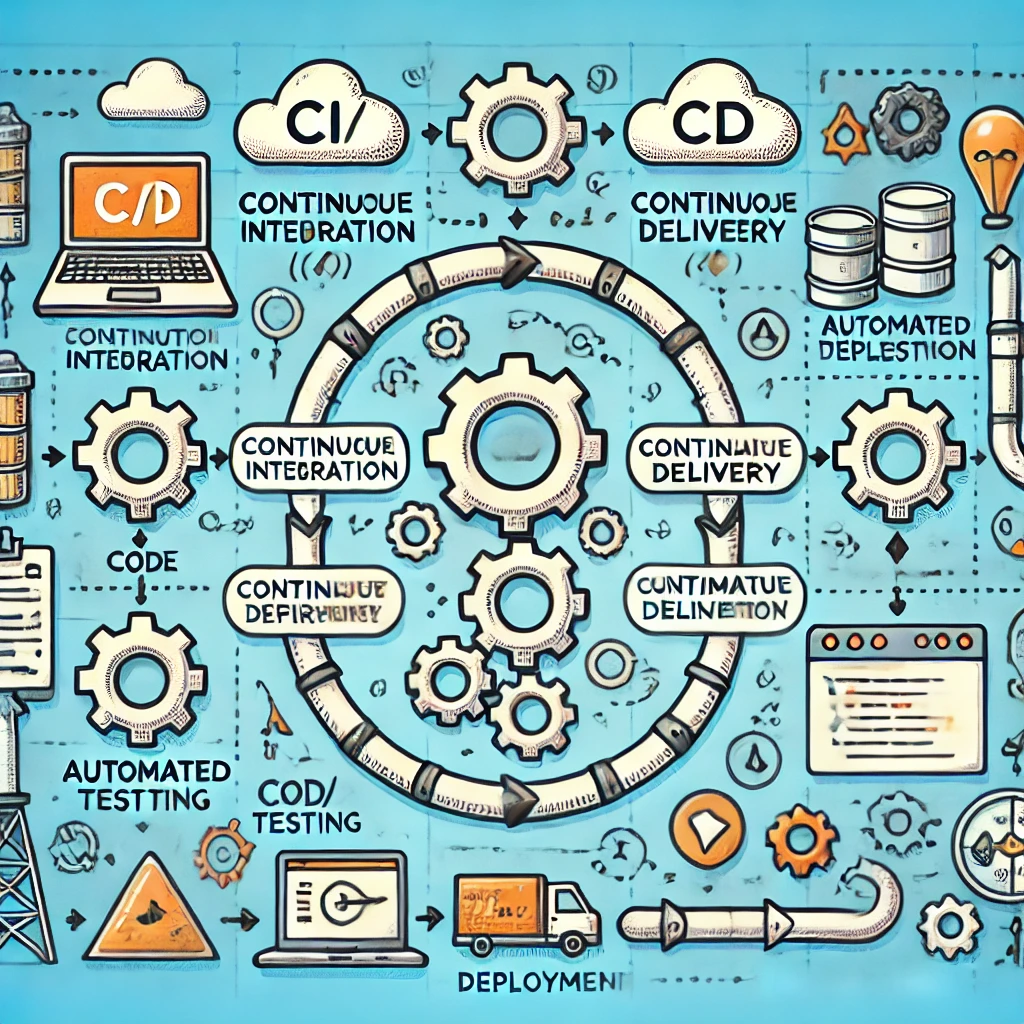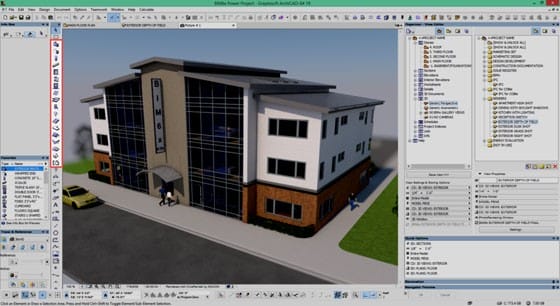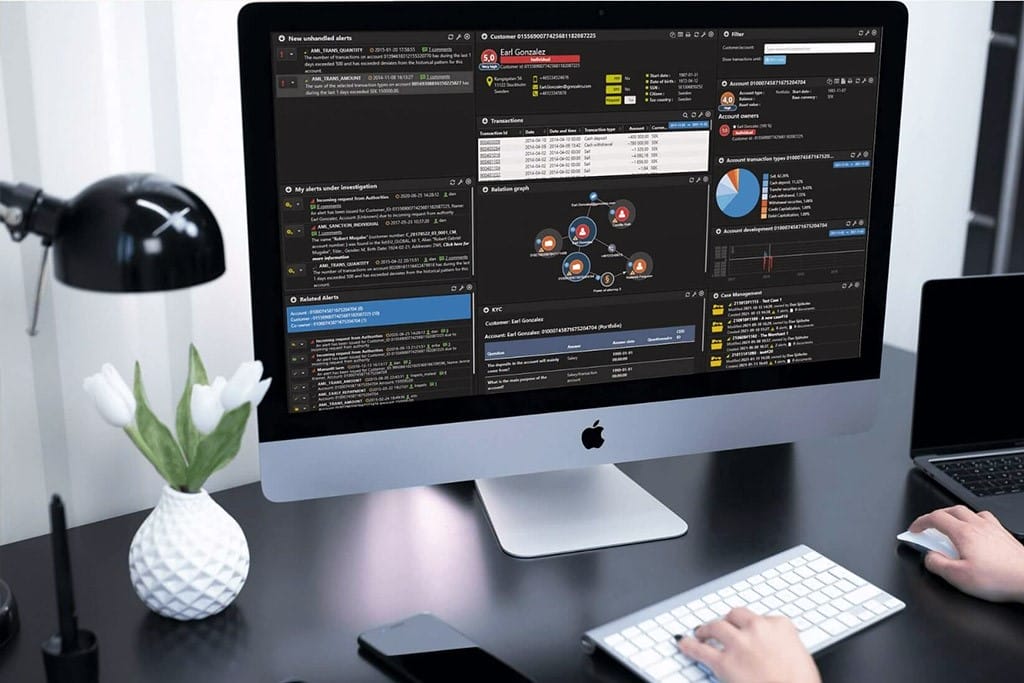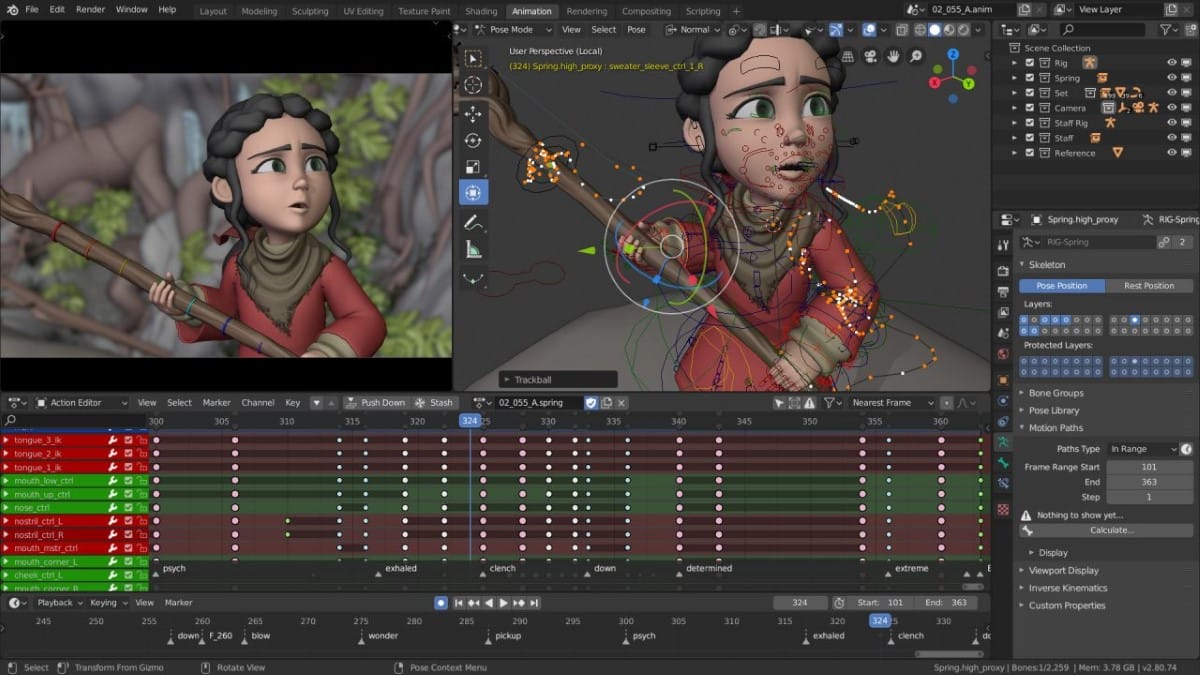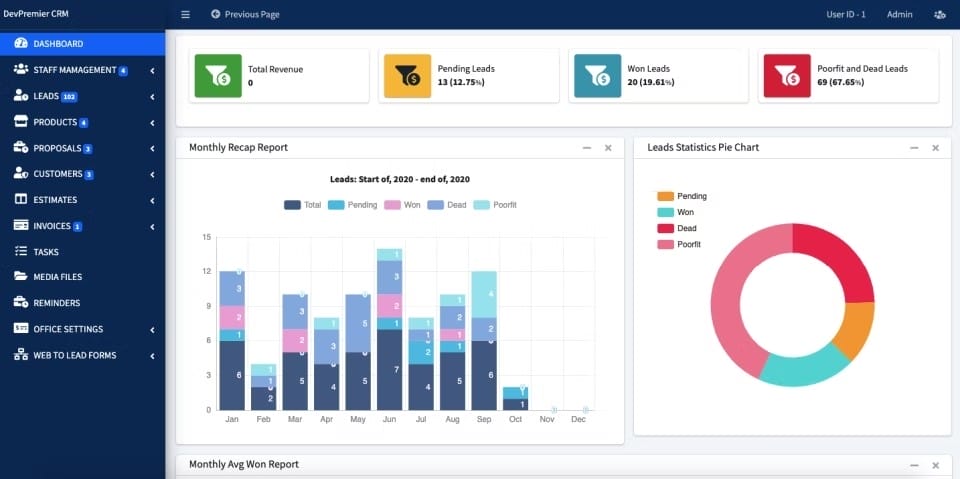In today's fast-paced software development environment, Continuous Integration and Continuous Delivery (CI/CD) practices have become essential for teams aiming to deliver robust and high-quality products efficiently. By automating key processes from code integration to deployment, CI/CD reduces manual efforts and speeds up the release cycle. This guide will walk you through some of the best practices for implementing CI/CD in your development workflow.
The foundation of CI/CD is automating the build process. Once a developer pushes new code, the CI system should automatically compile and integrate the changes with the existing codebase. Tools like Jenkins, GitLab CI, and CircleCI can help you set up an automated build pipeline that detects changes and triggers a new build. By catching integration errors early, you prevent larger issues from escalating later in the development process.
A crucial aspect of CI/CD is running automated tests as part of the pipeline. Every code change should trigger a series of tests that validate the functionality of the software. These tests may include unit tests, integration tests, and even performance tests. Automating this process ensures that bugs and regressions are identified before the code reaches production, saving time and resources in the long run.
Ensure that your team is following best practices when it comes to version control, such as using feature branches, committing frequently, and merging changes via pull requests. CI/CD thrives when changes are small and manageable. Using a system like Git ensures that the CI pipeline can quickly assess each commit, providing faster feedback to developers.
The beauty of CD lies in the ability to deploy frequently and incrementally, often multiple times a day. By doing so, you minimize the risks associated with larger releases, allowing you to identify issues sooner. Implementing blue-green deployments or canary releases can help you roll out features gradually and safely, ensuring that potential problems can be fixed before they affect a larger audience.

Once your CI/CD pipeline is in place, it’s important to monitor its performance. Make use of logs, metrics, and real-time monitoring to track build times, failure rates, and deployment success. Use this data to optimize the pipeline by eliminating bottlenecks or enhancing testing coverage. Monitoring also allows you to maintain a stable development environment and ensures that automation is delivering the expected value.
Ultimately, the success of CI/CD depends on embracing a DevOps culture where development, operations, and QA teams collaborate closely. Encourage team members to own their code, understand the full lifecycle, and work toward a shared goal of rapid, reliable delivery. Regular reviews and feedback on the CI/CD process ensure continuous improvement, making your development pipeline more efficient over time.
